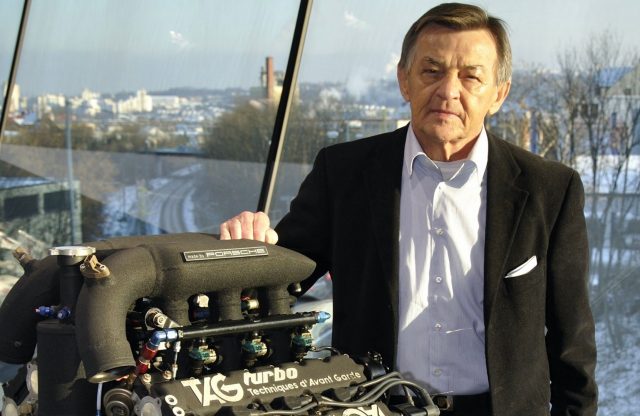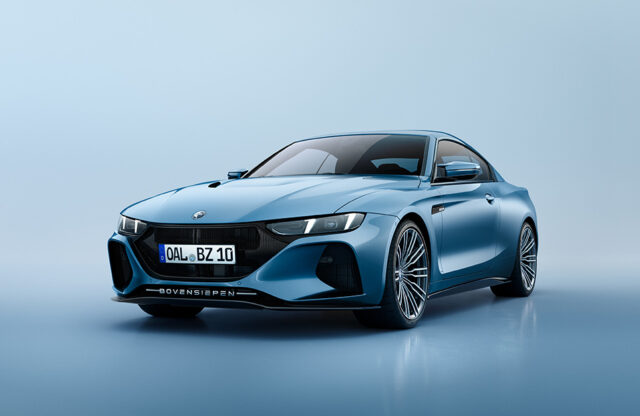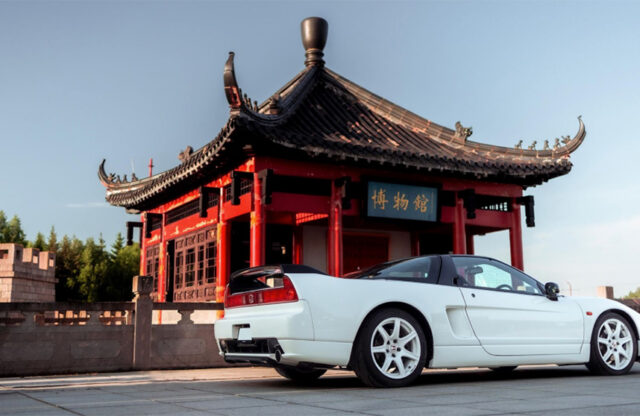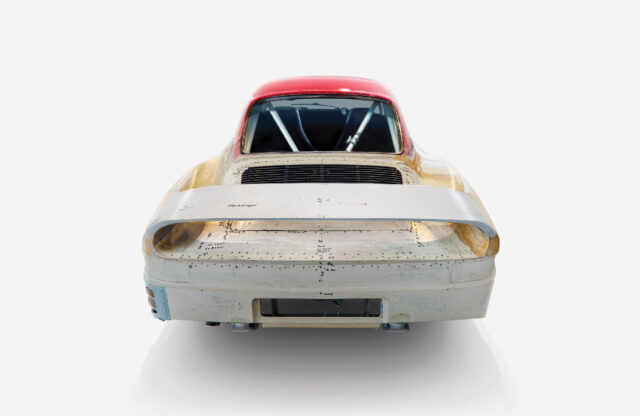WORDS: JOHN SIMISTER | PHOTOGRAPHY: PORSCHE AND WIKIMEDIA COMMONS
(Article from Magneto issue 7)
It is, in Porsche circles, a name spoken with reverence. Yet many enthusiasts didn’t know much about Hans Mezger, who died on June 10, 2020, at the age of 90, until long after the things he created had themselves become famous.
Mezger was in charge of racing-car design and development in the 1970s, masterminding the engineering of the fearsome 917 and, later, the 911-derived 935s. Yet for years, an earlier achievement – one which has touched thousands of owners – went largely unsung.
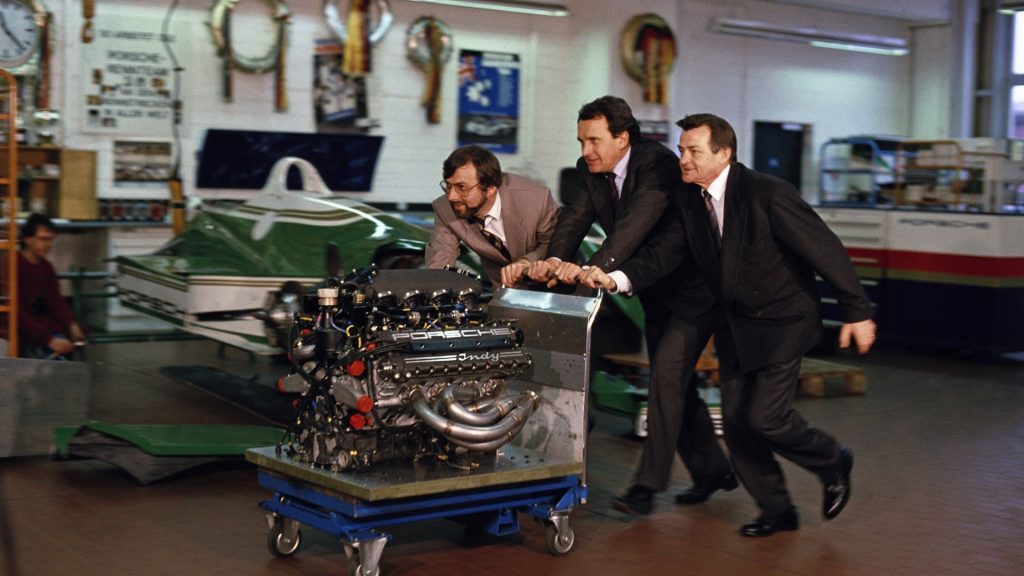
That achievement was the Porsche 911’s original flat-six, launched in 1963 and designed mostly by Mezger with some input from Ferdinand Pïech, the engineer (and Ferry Porsche’s nephew) who later chaired the whole Volkswagen-Audi group. And so it has come to pass that the original configuration of the 911 engine has become known as the Mezger unit – not least to differentiate it from the water-cooled powerplant that arrived with the Boxster and 996.
Apart from that obvious difference in cooling medium, though, what is it that sets a Mezger engine apart from a later 911 unit? What is it that gives the Mezger motor its mystique, that notches up a smidge of superiority in the mind of the Porsche purist? On a philosophical level, it’s a simplicity and purity of concept and evidence of a clear-minded pursuit of purpose, and the fact that it was Porsche’s first production flat- six. On a practical level, the engine’s appeal is simple, tough and visceral.
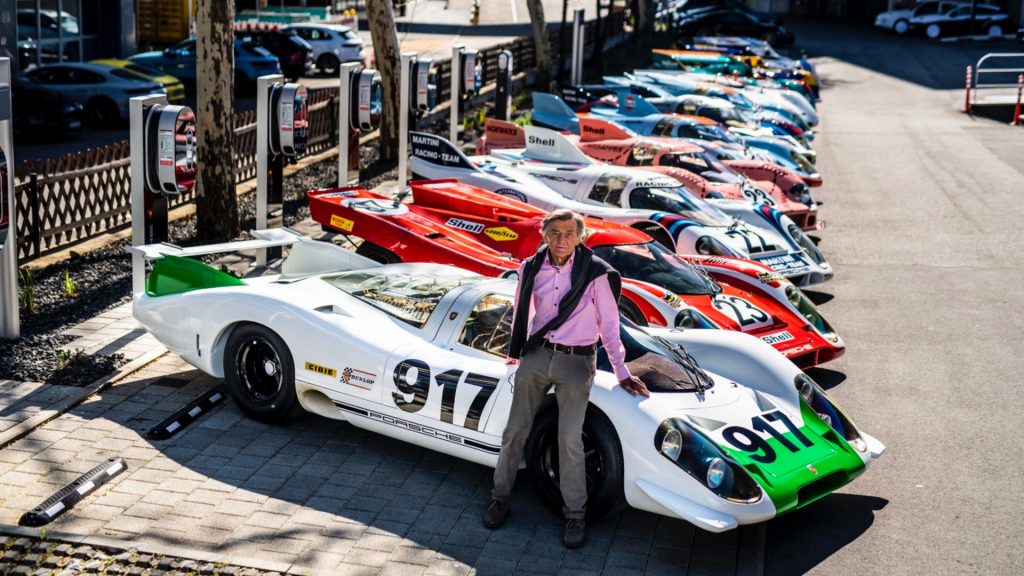
That it sounds the way it does, in all of its many variants, is just the result of the way it was designed. Later 911 powerplants have been acoustically engineered to emulate the Mezger sound within the constraints of noise regulations, but the Mezger just does it anyway.
The architectural differences between a Mezger engine and a later unit from the family dubbed M96 are quite major, despite the fundamentally similar layout in which three pairs of pistons are horizontally opposed. That makes the layout a true ‘boxer’, with each piston in an opposing piston pair given its own crankpin, and both pistons reaching bottom dead centre at the same time, like two boxing gloves connecting with each other.
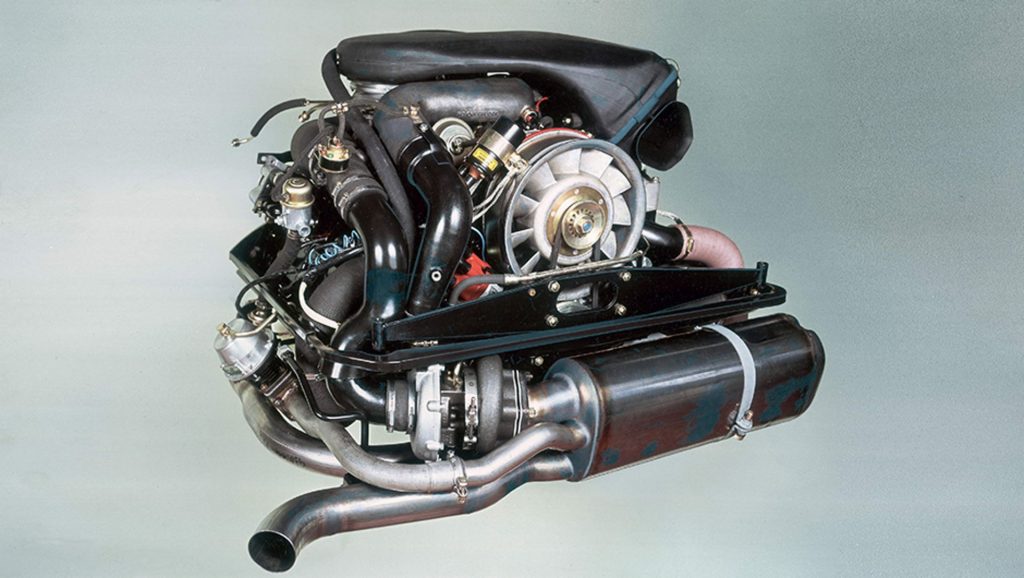
This boxer design, plus the Mezger engine’s use of separate air-cooled barrels for each cylinder, was a link to the Porsche company’s Volkswagen-derived roots. Mezger didn’t look to the past for much else, though, apart from designing the crankcase as two halves, vertically split along the crankshaft’s centre line. In his dry-sumped flat-six, known as 901 in its original 2.0-litre form right up to 1969 (at which point the engine type number finally caught up with the car as capacity rose to 2.2 litres), every cylinder had its own cylinder head. Each bank’s overhead camshaft and its carrier, however, spanned all three.
By contrast, the mid-1990s M96 engine had its water-cooled blocks in unit with the still-vertically split crankcase, and one three-cylinder head per bank. Note, though, that while the most powerful 911s of the 996 and early-997 era – Turbos, GT2s and GT3s – were all water-cooled, they still used what were essentially Mezger engines. Their blocks and heads were bolted to the original type of separate, split crankcase.
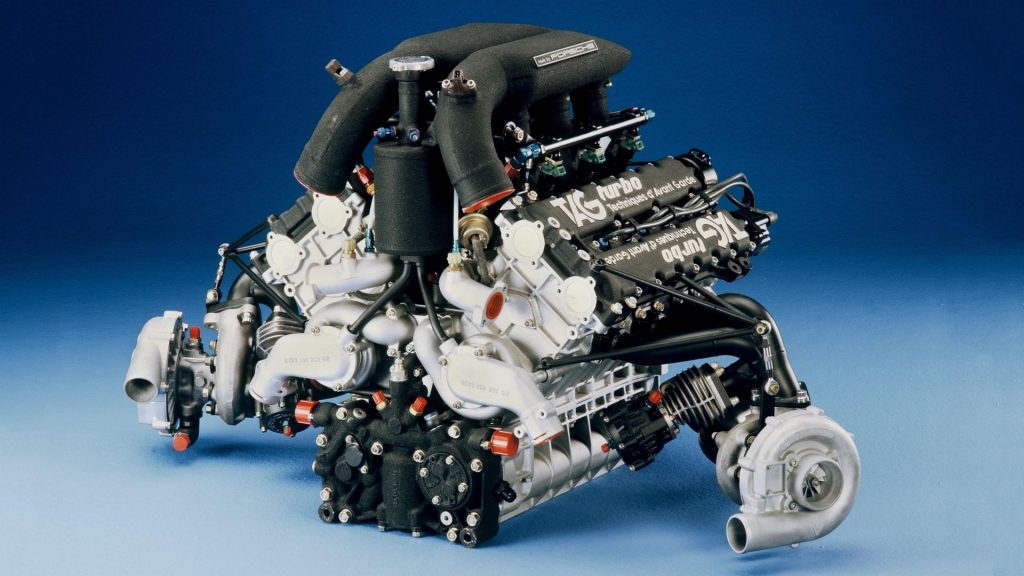
Why? Partly it was Porsche’s motor sport department wanting to stick with what it knew, something strong and thoroughly tested over the years. And, unofficially at least, something that made the Mezger engine special was a thing it did not have; the original M96’s much- demonised sealed bearings for the intermediate shaft, which we can only assume caused worries in that part of Weissach specialising in the speediest 911s.
The Mezger engine has a similar intermediate shaft to drive the camshaft chains, of course. As in the M96, it’s under the crankshaft, but is driven by gears – one of the signature Mezger noise sources – rather than the later engine’s chain.

And, crucially, its bearings are lubricated by the engine’s regular oil system. That’s how the hottest 911 engines stayed right up to the end of the 997 era, by which time the M96 family had itself been redesigned to dispense with the intermediate shaft altogether and drive its camshafts directly from the crankshaft.
When the end came for the Mezger engine line, by then with four valves per cylinder but still without direct injection, it was with quite a bang. At 4.0 litres (yet without turbochargers) the final Mezger motor was the largest of all Porsche flat-sixes, and as fitted to the 997 GT3 RS 4.0 in 2011 it delivered 500bhp at 8250rpm on an extraordinary 12.4:1 compression ratio. In just under half a century the Mezger thread had doubled in capacity and nearly quadrupled in output. There was nowhere left for it to go.
So, what’s special about the Mezger engine? Listen to its mechanical sizzle and tingling, sharp-edged howl, and remember what it has achieved. Then you’ll know.
(Article from Magneto issue 7)
